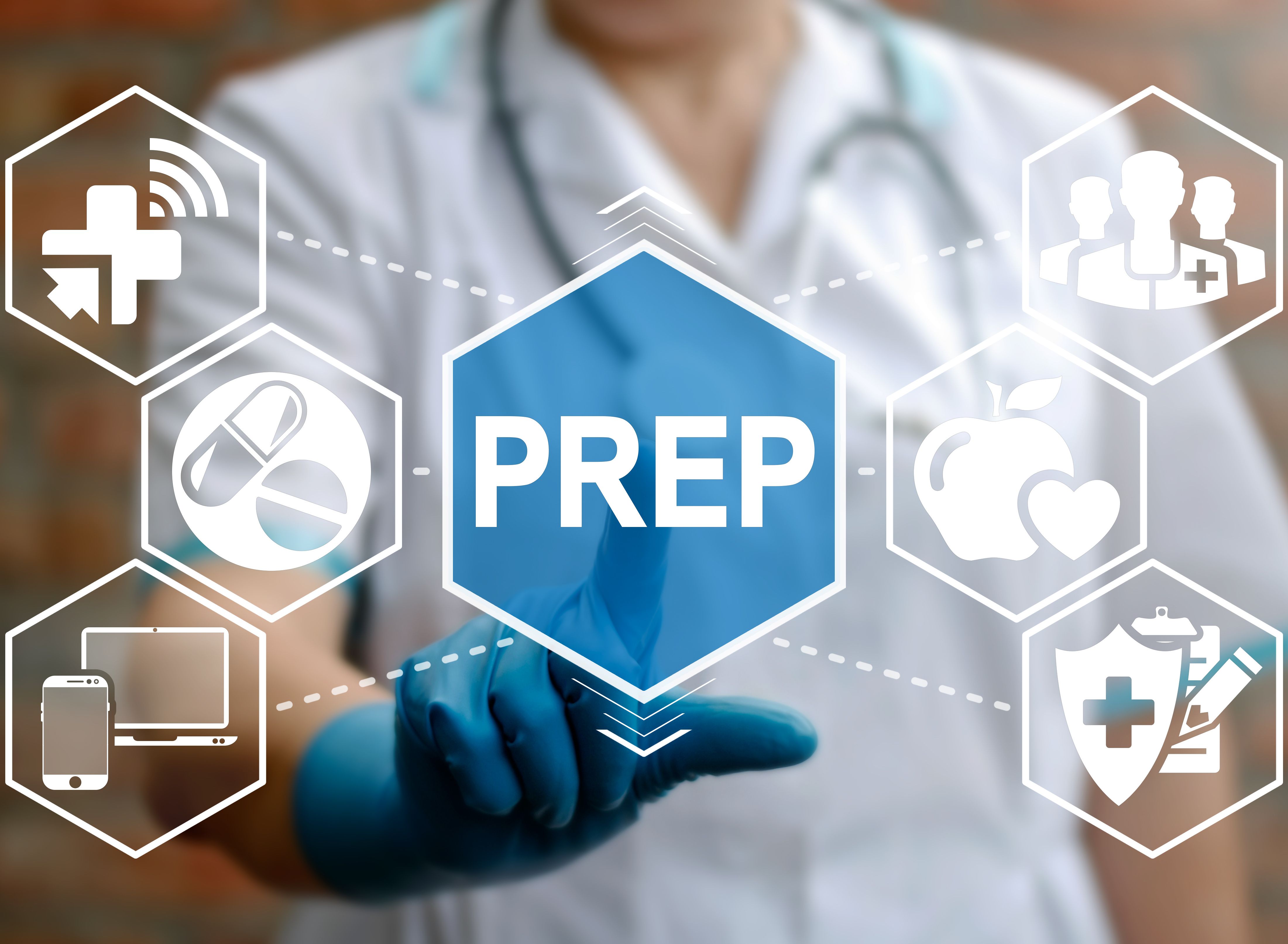
Article
Despite Gaps in Use, Study Finds Individuals With Psychosocial, Structural Barriers More Likely to Use PrEP
Author(s):
Both barriers and facilitating factors, as well as a history of STIs, are associated with recent PrEP use among urban transgender women.
Although ongoing gaps in the use of pre-exposure prophylaxis (PrEP) for HIV persist, new research found that individuals experiencing psychosocial and structural barriers are actually more likely to use PrEP.
Credit: Adobe Stock - wladimir1804

Expanding the use of PrEP among transgender women in the United States is a key strategy in the efforts to meet national HIV prevention goals. However, self-reported use of PrEP remains low in this group, despite an estimated HIV prevalence of 17% to 62% depending on race and ethnicity.
Although awareness of PrEP is high among transgender women (92%), self-reported recent PrEP use was low (32%) in recent study findings. Additionally, only a small percentage of transgender women with indications for PrEP are taking it, suggesting that there are persistent gaps in knowledge and the receipt of PrEP among those who may benefit the most.
Barriers to PrEP use among transgender women include psychosocial factors, such as mental health and substance use issues, as well as prior negative experiences in health care settings and concerns about PrEP interactions with hormone therapy. Structural barriers are also particularly challenging, such as employment and housing insecurity.
In a new study, investigators reporting the findings of a cross-sectional analysis of the relationship of barriers as well as facilitators of recent PrEP use among transgender women. Between January 2019 and February 2020, the investigators enrolled 99 transgender women using a convenience sampling approach with the TransLife Care project at Chicago House and Social Service Agency in Chicago, Illinois.
Participants completed a baseline questionnaire via computer-assisted interviewing, which included demographic characteristics, health behaviors, and psychosocial factors. Participants were aged 27.7 years on average, with 81.9% identifying as Black or African American non-Hispanic, other non-Hispanic, or Hispanic. Most (67%) reported a high school education, general education development, or less.
Structural barriers were very common, with a history of arrest or incarceration and homelessness in the past 4 months reported by 45.7% and 28.7% of the sample, respectively. A total of 15 participants (16%) reported recent 4-month use of PrEP, 12 of whom used PrEP within the past 28 days. Additionally, 75% of those 12 reported 100% adherence.
When comparing individuals who never used PrEP to past and recent PrEP users, there were several significant differences with regard to structural and psychosocial barriers, including history of arrest or incarceration, victimization, and cannabis and stimulant use. Significant differences were also noted for indications of PrEP, including history of sexually transmitted infections (STIs), having an HIV-positive sex partner, and a history of exchange sex.
In a multivariable analysis of recent 4-month PrEP use, controlling for age, race and ethnicity, insurance status, and income, the investigators saw several statistically significant barriers. These included high or moderate alcohol and stimulant use, and history of arrest or incarceration.
Alternatively, gender affirmation was positively associated with recent PrEP use and the membership subscale of collective self-esteem was negatively associated with it. Finally, an indication for PrEP, history of STIs, was positively associated with PrEP use.
Based on these findings, the investigators concluded that both barriers and facilitating factors, as well as a history of STIs, are associated with recent PrEP use among urban transgender women vulnerable to HIV. Additionally, common indications for PrEP, including condomless sex, having an HIV-positive partner, and a history of STIs, have high sensitivity but low specificity and predictive value for identifying individuals on PrEP.
The study did confirm earlier findings of low PrEP use, with just 16% of participants reporting use of PrEP in the past 4 months. This is similar to a recent CDC study, which reported only 32% of transgender women using PrEP in the prior 12 months.
REFERENCE
Kuhns LM, Perloff J, Johnson AK, Paul JL, Pleasant K, Evans K, et al. A cross-sectional analysis of psychosocial and structural barriers and facilitators associated with PrEP use among a sample of transgender women in Chicago, IL. AIDS Research and Therapy; 20:24(2023). doi:10.1186/s12981-023-00516-0
Newsletter
Stay informed on drug updates, treatment guidelines, and pharmacy practice trends—subscribe to Pharmacy Times for weekly clinical insights.
2 Commerce Drive
Cranbury, NJ 08512
All rights reserved.





